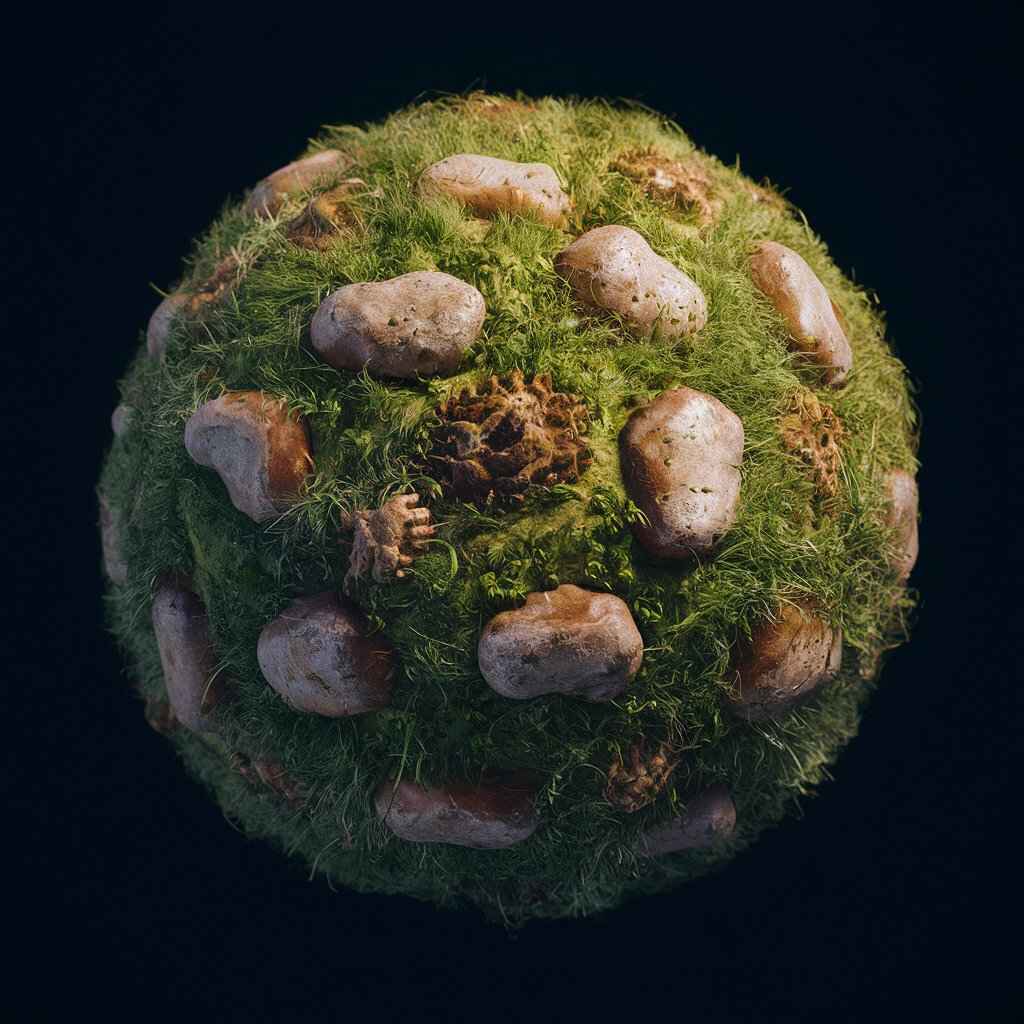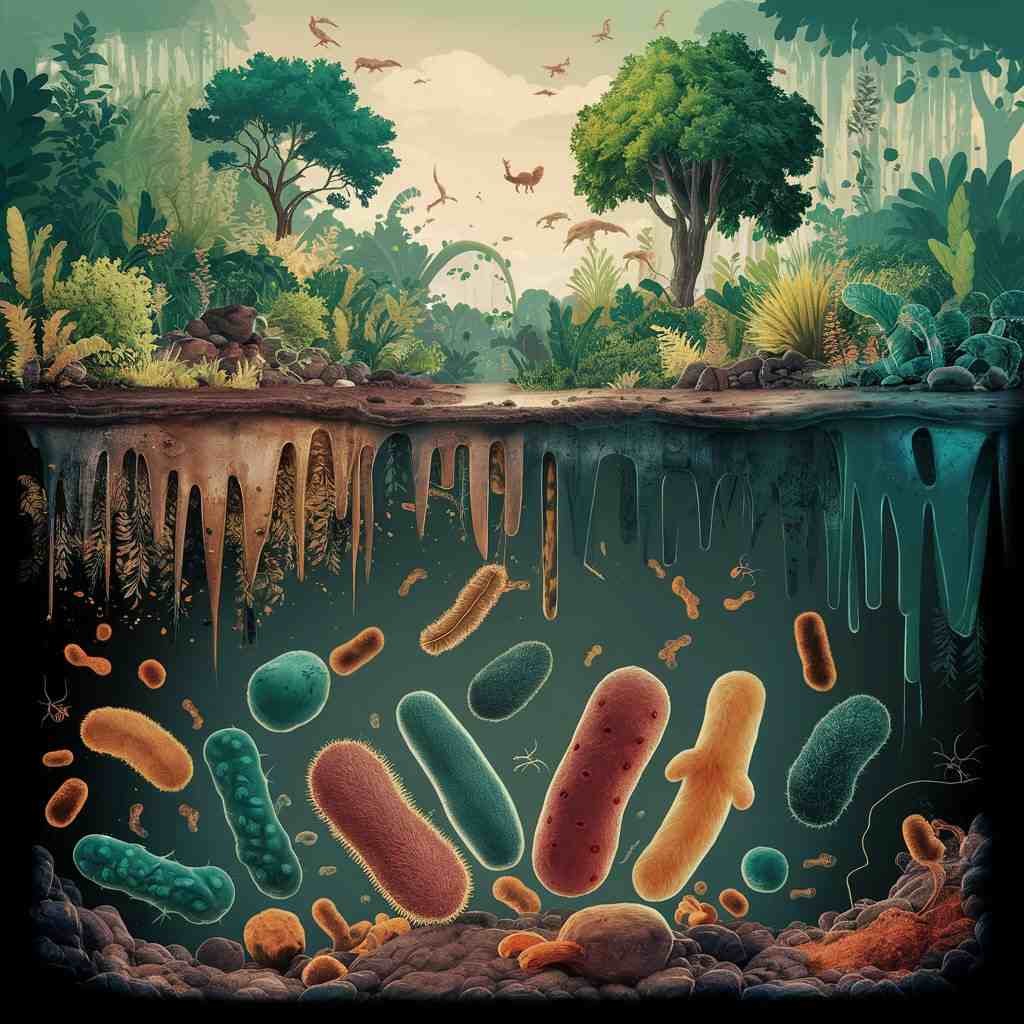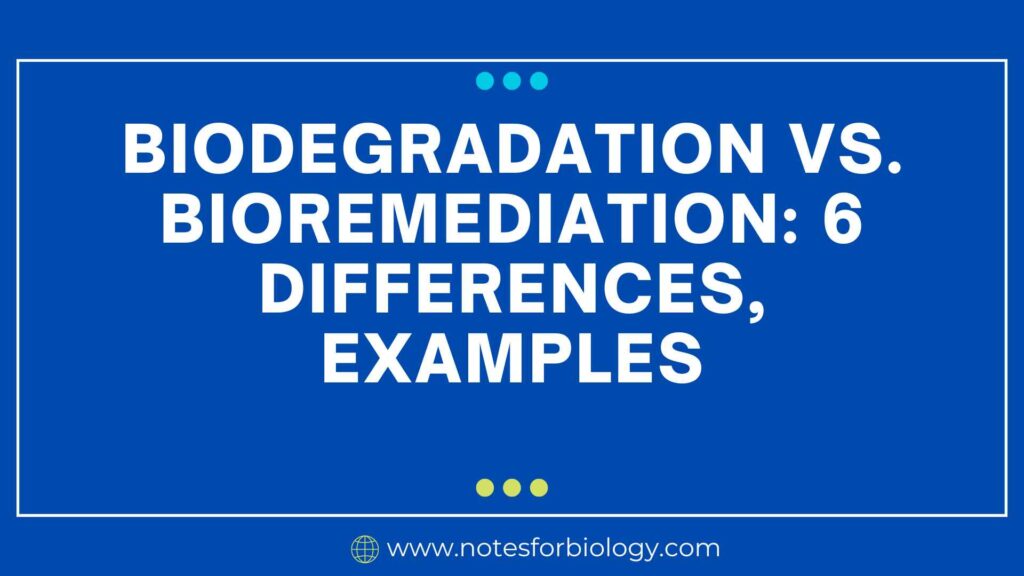Biodegradation vs. bioremediation are both important ecological processes that break down or eliminate contaminants. While bioremediation entails purposeful human intervention to hasten the decomposition or removal of toxins from the environment, biodegradation happens spontaneously as a result of microbial action.
Table of Contents
Biodegradation

Microorganisms naturally break down organic materials into simpler compounds through a process known as biodegradation, which aids in the recycling of nutrients in ecosystems. This fundamental procedure is necessary for soil fertility, waste management, and ecosystem function. Organic compounds such as plant waste, petroleum hydrocarbons, and organic contaminants are broken down by bacteria, fungi, and other microbes through enzymatic processes, which result in the production of carbon dioxide, water, and other innocuous byproducts.
Bioremediation

Bioremediation is an innovative approach to environmental cleanup, harnessing the power of living organisms to neutralize or remove pollutants from contaminated sites. This process involves the deliberate use of microorganisms, plants, or enzymes to degrade, transform, or immobilize hazardous substances, mitigating their harmful effects on ecosystems and human health. Bioremediation techniques can target a wide range of pollutants, including petroleum hydrocarbons, heavy metals, pesticides, and industrial chemicals.
Biodegradation vs. Bioremediation
The differences between Biodegradation vs. Bioremediation are sa follows:
| S.N | Biodegradation | S.N | Bioremediation |
| 1) | When organic materials naturally decompose into simpler chemicals, it’s referred to as biodegradation. | 1) | The application of microbes, plants, or enzymes to eliminate or neutralize pollutants from contaminated areas is known as bioremediation. |
| 2) | Biodegradation is the process by which organic materials, including pesticides, petroleum hydrocarbons, and organic waste, break down. | 2) | Biodegradation is the process by which organic materials, including pesticides, petroleum hydrocarbons, and organic waste, break down. |
| 3) | Biodegradation happens spontaneously in the environment without human assistance, though it can be accelerated by adding particular microbes. | 3) | Using a variety of strategies, including bioaugmentation, biostimulation, and phytoremediation, bioremediation involves deliberate human involvement to speed up the breakdown or removal of contaminants. |
| 4) | Depending on the complexity of the pollutant and the surrounding conditions, biodegradation may take place over long periods of time. | 4) | When using specialized microbial cultures or constructed systems intended for quick pollutant degradation, bioremediation can be comparatively quicker. |
| 5) | The process of biodegradation mostly happens in the environment naturally. | 5) | In order to aid in the elimination of pollutants, bioremediation entails purposeful human intervention. |
| 6) | The natural process of biodegradation is constant in the environment and aids in the cycling of nutrients and the operation of ecosystems. | 6) | Bioremediation can restore ecosystems and lessen the negative consequences of pollution at contaminated locations with a more substantial and focused effect. |
| 7) | Contributes to the cycling of nutrients and the health of ecosystems through biodegradation. | 7) | Restoring ecosystems and reducing pollution are two goals of bioremediation, which can be applied specifically to contaminated places. |
| 8) | Examples of biodegradation include the breakdown of oil spills by bacteria that break down hydrocarbons, the organic matter that decomposes during composting, and the pesticides that degrade in soil. | 8) | Examples of bioremediation include using bacteria to purify oil-affected soil or water, enzymatic detoxification of chemical contaminants, and the use of plants like willow trees to absorb heavy metals from contaminated soil. |
To summarise, biodegradation vs. bioremediation are two fundamental processes in environmental science, each having unique properties and uses. Without human involvement, biodegradation is a natural process in which microorganisms break down organic materials into simpler molecules. It is mostly used to target organic contaminants and is essential to the cycling of nutrients and ecosystem function. By employing microbes, plants, or enzymes, bioremediation, on the other hand, expedites the removal or neutralization of pollutants from polluted settings through purposeful human intervention. In order to control environmental pollution and foster the resilience and health of ecosystems, both biodegradation vs. bioremediation are essential.
Frequently Asked Question(FAQ)
What is the primary difference between biodegradation and bioremediation?
Organic materials naturally decompose into simpler chemicals through a process called biodegradation, which takes place without the help of humans. Bioremediation, on the other hand, uses intentional human involvement in conjunction with microbes, plants, or enzymes to expedite the removal or neutralization of pollutants from contaminated settings.
Which process is faster, biodegradation, or bioremediation?
Depending on the complexity of the contaminant and the surrounding conditions, biodegradation may take place over long periods of time. When using customized systems or specific microbe cultures, bioremediation can remove pollutants more quickly and precisely.
Related Articles



